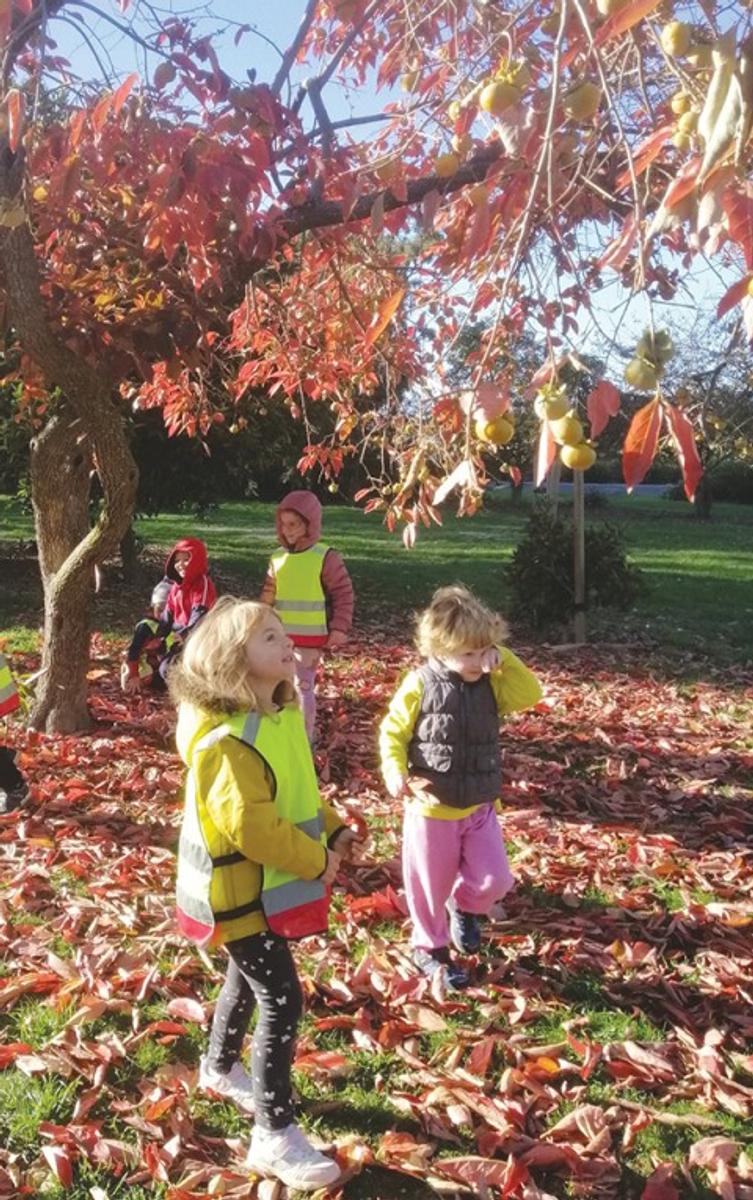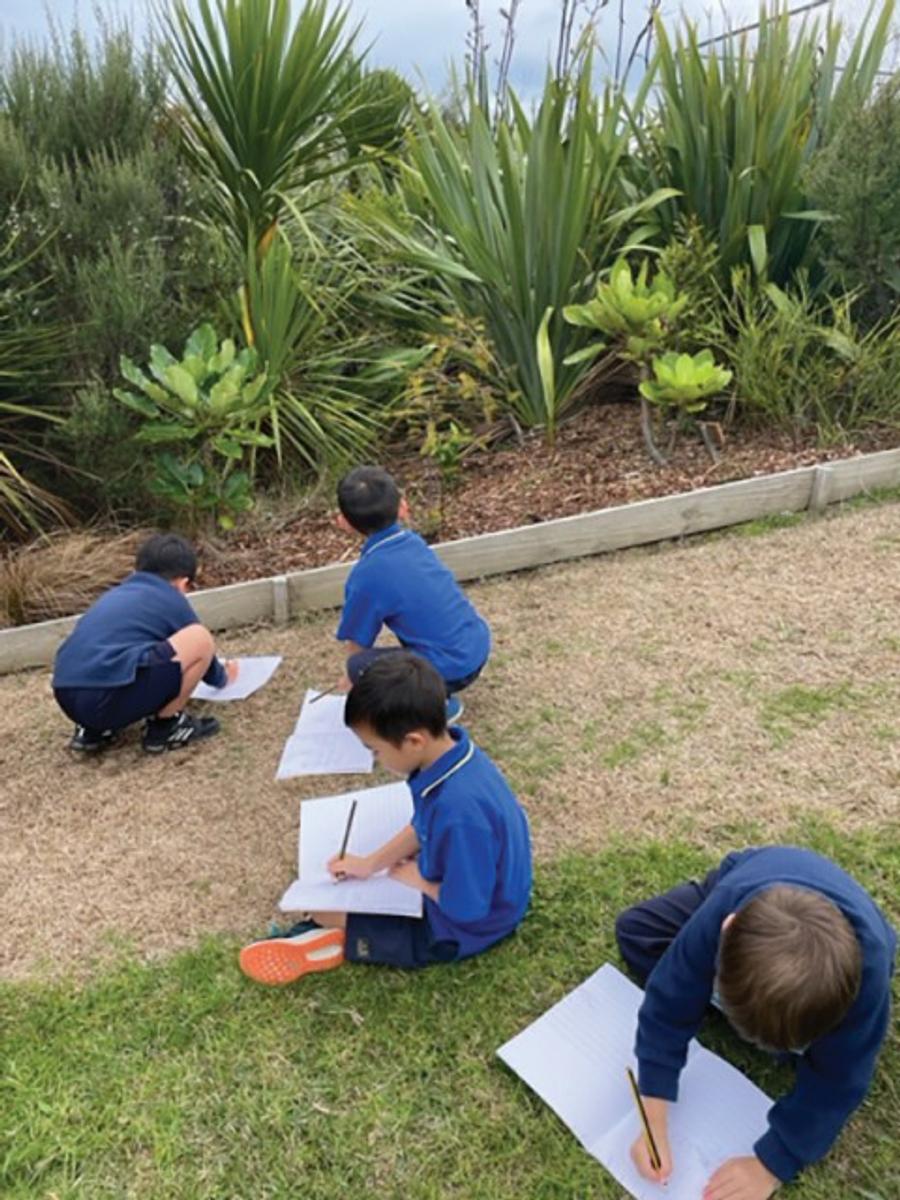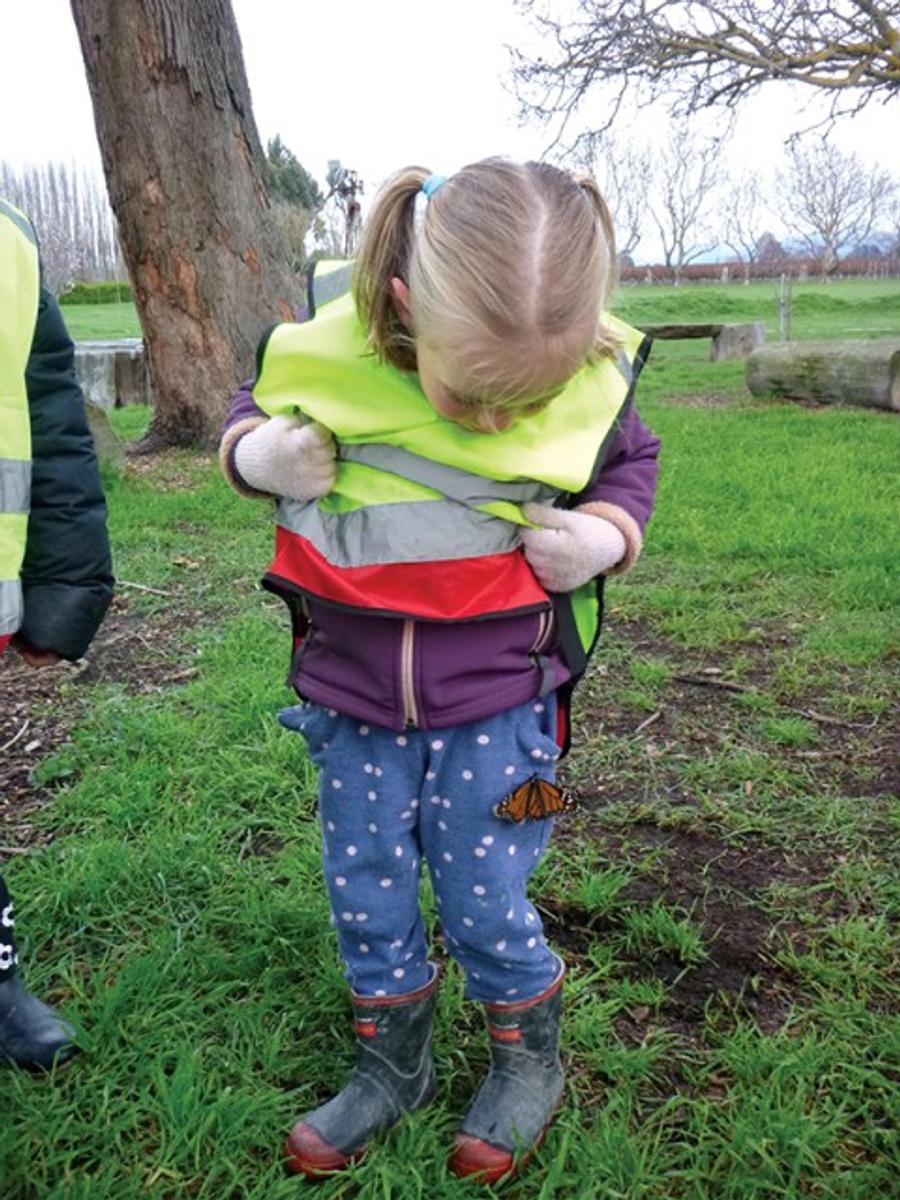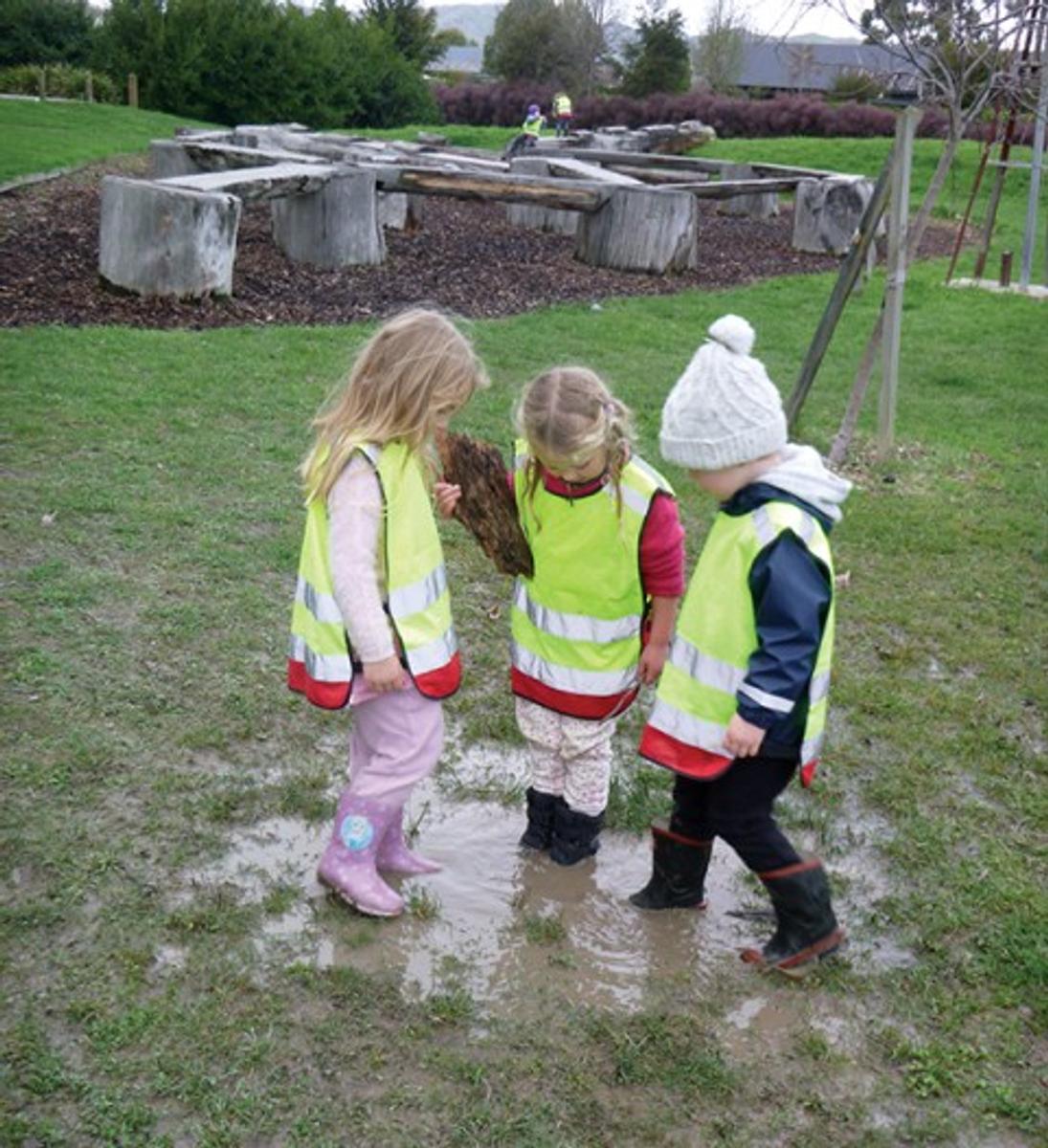The Green Page:
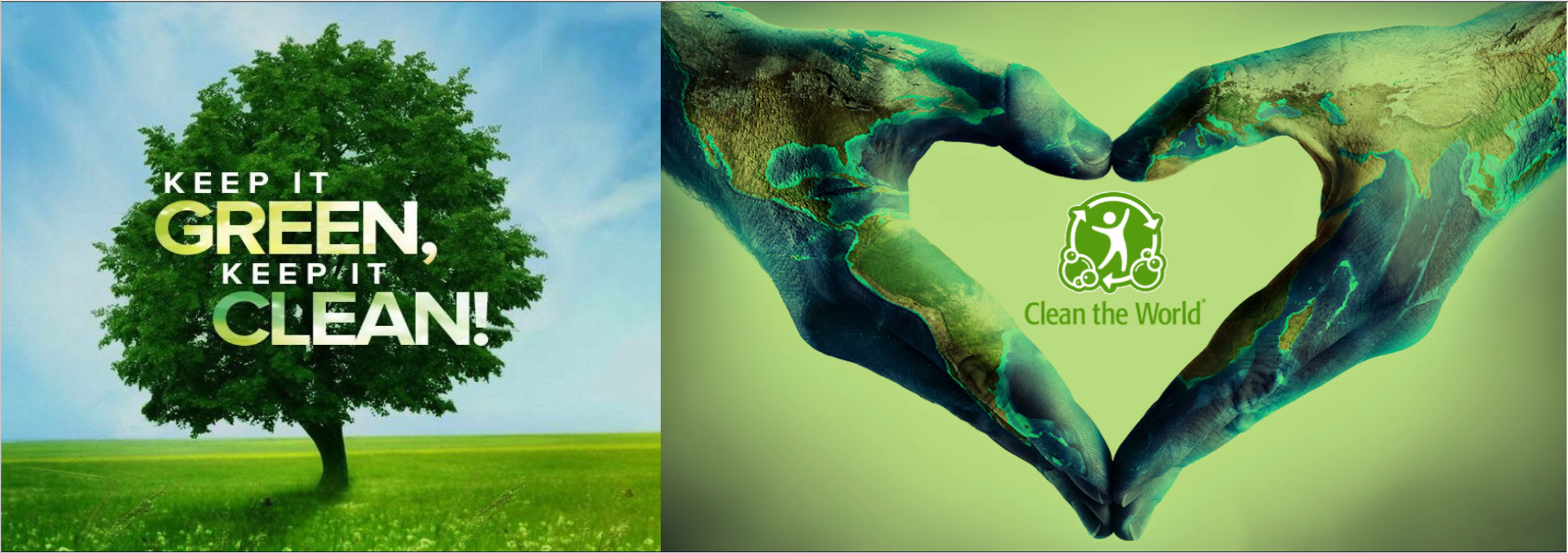
Creating Nature Connections For Hauora
From the Education Gazette
This article provides excellent justification and recommendation for our Western Heights Bush School Programme.
As a result of an online community of practice established for educators by the New Zealand Association for Environmental Education, tamariki across Aotearoa are creating important connections to nature that enhance mana and well-being. Kaiako from Springlands Kindergarten and Sherwood Primary School share the practices they learned from the educators involved and the positive effect it is having on the hauora and well-being of their tamariki.
Left: Tamariki from Springlands Kindergarten explore their local park.
Every fortnight, tamariki from Springlands Kindergarten head out to explore their local Blenheim Park. As the sun spreads across the sky, they start their session by finding a natural item of interest and using mindfulness techniques they learn with their senses. As kaitiaki, they also pick up litter while they are there.
This programme is just one of many across the motu resulting from an online community of practice facilitated for educators last year by the New Zealand Association for Environmental Education (NZAEE).
Springlands kaiako Kate Harrison says encouraging tamariki to connect with nature nurtures their holistic well-being.
“There’s a lot of technology these days in society, so tamariki go home, sit around on their iPads or watch TV. They’re often not getting the chance to be out and about exploring,” she says.
With many outdoor areas of early childhood centres built with turf or fake surfaces, tamariki are not gaining real-life sensory experiences, Kate notes.
“But at the park, there’s grass, different sounds and smells, gardens to explore. And they’re also in the outdoor world rather than just being told about it.”
Environmental educator Ramona Millen, who works with Kate and took part in the learning with NZAEE, says this real-world connection is important because children learn to appreciate and respect nature.
“With the way our world is going, we need people passionate enough to want to look after it. And if you haven’t been exposed to something, why would you have any interest in taking care of it?”
Connecting to nature for well-being
Sherwood Primary School kaiako Karla Anderson echoes Ramona’s sentiment: nature connectedness is essential for wellbeing.
“We’re in such a fast-paced lifestyle, rushing around getting from school to after-school practice to the weekends, a lot of device learning,” she says.
“It’s really good to just slow down, breathe fresh air, feel calm and relaxed and have an appreciation to connect with the outside world and living things – for both ākonga and the teachers.”
Karla is supported by Sarah Sheeran, Auckland Council sustainable schools advisor, and has been integrating nature at her school for some time now.
Left:
Sherwood Primary School students have been learning to plant native trees and how to look after them.
Sherwood School successfully completed their Enviroschools Silver Reflection in August, nature connectedness an essential part of that achievement.
A core part of connecting the Sherwood students with nature has been working with Restore Hibiscus and Bays. This has involved practical learning focused on how to plant native trees, how to look after them, and why planting them is important.
“We’re educating the students around ecology and how having habitats for our native birds and insects will hopefully bring them back to our school grounds,” says Karla.
The ākonga can then share their learning with their family and wider community, who are also invited to support the native tree plantings. Sherwood also has a nature classroom, Taiao Akomanga, with rākau next to plants and QR codes to scan that provide information, a collaboration between nature and technology.
“It’s helped to support and strengthen our community,” Karla says about the classroom, adding that the first trees were planted before the first Covid-19 lockdown – and that those trees are now taller than the students who planted them.
She shares that feedback from Sherwood students is amazingly positive.
“For example, one Year 4 student who helped restore native ngahere (forest) at the local intermediate wrote about visiting the trees and feeling a sudden sense of calm looking through the branches,” says Karla.
“When we take the kids outside into nature, it always affects their mood and their energy levels in really positive ways.”
A living, learning journey
Springlands Kindergarten’s connection to nature has been an “interesting journey”, says Kate.
Left: Due to Springland’s nature expeditions, tamariki act as kaitiaki outside of the centre.
On the first few nature quests, the teachers brought resources such as binoculars, paper and pencils for the tamariki – but the children weren’t as interested as the teachers thought. Now, teachers leave the resources behind and only take the tamariki.
“It showed us that our tamariki don’t need items, they just need time to develop their imagination. They need time to be there without someone on their back,” she says. “It’s been a living, learning journey for us kaiako as well.”
The teachers aim to let the tamariki be as independent as possible and act as their own expedition leaders and explorers.
“If tamariki discover something and they’re not sure what it is, we won’t tell them, we let them guess,” explains Kate. “There’s learning in discovering things, especially in this time where everything is so available and on demand.”
When the kaiako are involved, they help to guide tamaraki to notice the changing world around them.
On each trip out, the group takes a safety walk first to encourage children to identify hazards and risks. They look for changes in the trees – are they flowering? Have they lost their leaves?
Children guess what fruit the trees will bear and then go back to discover if their guesses were right later in the year.
There are also community connections as they also start to notice changes in the nearby vineyards, which belong to one of the kindergarten families.
“This initial walk sets them up to have a successful day. They are given skills to look after themselves and be safe,” says Kate.
“They can reconnect with their environment and really develop their observational skills.”
A mana-enhancing experience
As a result of Springland’s nature expeditions, children are acting as kaitiaki outside of the centre grounds. Kate says parents have told them their children often pick up rubbish on family walks at home.
The kaiako often reference the atua, or Māori guardians along their walk. The tamariki observe as Tamanuiterā (a personification of the sun) melts away the morning frost but notice that his arms don’t reach into the shady spots. The walk begins and ends with karakia.
Ramona says looking at the programme through a te ao Māori lens is a mana-enhancing experience.
“The tamariki are building on their strengths and their interests,” she says, explaining how she has witnessed some of their quieter children grow in confidence and learn leadership skills in leaps and bounds.
Left: Kaiako encourage tamariki to be independent and act as their own expedition leaders and explorers.
It’s the same feeling of mana for Sherwood. When its students graduate and move to neighbouring North Cross Intermediate, they can look back and see the native trees they planted growing tall, proud and strong.
It is a practical way of connecting with nature, rather than just learning about it inside the classroom, and means tamariki have a deeper connection with the whenua.
“When children are using spades and putting on gloves to help plant trees, they’re actually involved in the mahi, it’s empowering for them,” says Karla.
“It’s essential to remind our tamariki that we are a part of the environment, we’re not superior to it,” adds Ramona.
Kate says they’re encouraging tamariki to connect with the nature around them – and that doesn’t have to involve getting onto a car or bus.
“It’s getting to know what’s within your local community and own backyard,” she says.
“Nature is accessible to everyone, and we want these children to know they can revisit the places in their own time.”

